LEXLOCI
1
2
3
4
5
6
7
8
In free market media and democratic societies where there is access to
differing perspectives, the control of information must be somewhat
subtle. Control is more likely to occur by means of slanting, Propaganda
and demonization. Control occurs less by deceit and more by censorship
or omission. The tendency to control the content of media to specific
ends, is the problem of Advocacy, in which the Controlling Agencies and Directing Instruments are not objective, but consider it their civic duty
and responsibility to advocate specific perspectives which promote what
is considered to be true and right ideas and values, as opposed to an independent perspective which demonstrates a multiplicity of perspectives.
The primary vehicle of control is propaganda. This means that points
of view and perspectives may be presented without alternatives, or
when presented they may be limited, weak or confusing. Determining
what is controlled by omission is to discover what is never mentioned,
or discussed, or to discover what it is that the individual does not know or
is absent any knowledge, and whether that absence may be purposeful by
the media. This absence of content may include the knowledge of other forms of government and they way they work, certain or many types of political
views, things like ecology and worker movements, systems of free market,
or differing cultures. To discover what subjects and viewpoints may be omitted, it may be helpful to ascertain the objectives of particular Controlling Agencies, speculate on perspectives and views which are in opposition, and attempt to observe patterns of omission.
In reference to the following list of methods of content control, the term Establishment is used to represent perspectives to which the Controlling Agencies of media approve and promote, wherein the term Alternative is used represent alternative perspectives and other viewpoints to which the Controlling Agencies may disapprove and discourage.
-
Establishment perspectives may be presented to no end, while Alternative views are limited or absent.
MEDIA (5 OF 8)
NEXT PAGE

![]()